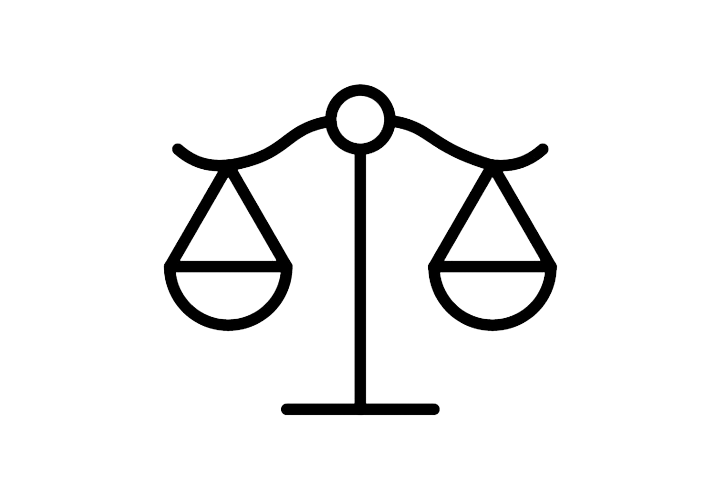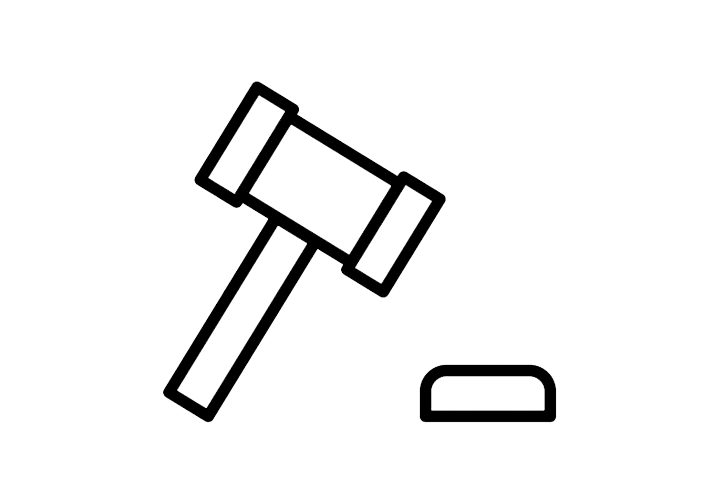Mediation

MEDIATION

ARBITRATION

BINDING THIRD PARTY RULING

EXPERT REPORT

RAPID CONFLICT RESOLUTION

CONFILICT PREVENTION
Mediation
In mediation, the parties resolve their conflicts together with the assistance of an independent third party; the mediator or mediation team. The parties voluntarily choose for mediation and the discussions are confidential. The joint solution is documented in a settlement agreement between the parties. This eliminates the need for court proceedings or arbitration. Mediation is an appropriate approach if the parties are willing to look for a solution together and it is important to maintain their relationship in the future. This can particularly be the case, for instance, if the parties have a long-term business relationship where renegotiation is often preferable to ending the contract. Another example is where they have shared interests, such as avoiding publicity or completing the project as quickly as possible. Mediation can also be used in order to end an IT project amicably (exit mediation).
In control
The mediator makes every effort to create a constructive atmosphere. First the parties are given the opportunity to explain their disagreement, and why the conflict has not yet been resolved. The parties’ opposing and common interests are then listed. These interests may relate not just to the conflict, but also to the future relationship between the parties. Often potential solutions will then emerge that the parties had not thought about before. The SGOA mediators draw on their IT expertise and specialist knowledge to encourage the parties to reach alternative, creative solutions.
The mediator adopts a neutral position regarding the conflict and does not impose a ruling as arbitrators or third parties charged with giving a binding ruling would do. The parties themselves are responsible for finding a solution, which means they remain in control throughout the mediation process.
Fast and cheap
Mediations are relatively fast and cheap. Our experience has shown that nearly all IT mediation procedures can be settled within a few weeks. Often just one mediation session with the parties is sufficient, in other cases several meetings might be needed. 92% of our IT mediations are concluded with a signed settlement agreement.
Conditions for successful mediation
- The parties have a shared interest on resolving the matter together.
- The parties want to maintain their relationship or part company amicably.
- The parties expect that a legal battle will not provide a solution.
- The parties want to retain responsibility for the solution, therefore no ruling or binding third-party ruling.
- The parties are looking for a fast, cheap, but lasting solution.
- The conflict has not escalated too far.
- The parties wish to avoid a public court case.
- The parties are willing to cooperate and look for pragmatic, creative solutions.
- The parties are willing to put the past behind them and look to the future.
Obstacles
- One of the parties wants to be proved right and is unwilling to make concessions.
- The conflict has escalated to the point where each party wants to damage the other.
- The parties want a public ruling from the regular courts, for example for the purpose of setting a precedent.
- One party is much more powerful than the other, so that negotiations would not be on an equal footing.
- It is in the interests of one of the parties to employ delaying tactics.
- The parties want an enforceable order. However, this can also be achieved in a mediation procedure by having the settlement agreement officially recorded by a civil-law notary.
Rules
If you wish to start an IT mediation procedure, the rules are set out in the IT Mediation Regulations. The procedure always starts with an application. One of the parties may do this, but the parties can also submit a joint application.
Article 3 of the IT Mediation Regulations specifies exactly what information should be included in the application. You can download a Model Request for ICT Mediation here.
Do you have an IT conflict?
and are you looking for mediation?
Please do not hesitate in contacting us
We will be in touch soon.
